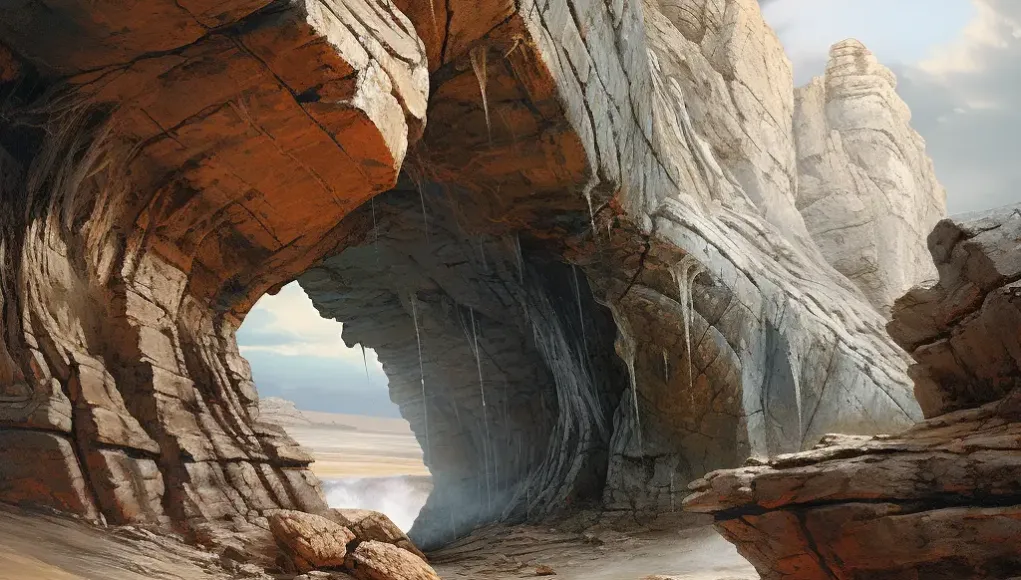Eion is set to experience explosive growth in 2024 after securing a substantial $35 million investment from the Department of Energy (DOE) to advance carbon dioxide removal efforts.

Eion, a pioneering startup focused on enhanced rock weathering, is set to experience explosive growth in 2024 after securing a substantial $35 million investment from the Department of Energy (DOE) to advance carbon dioxide removal efforts.
The Berkeley-based company utilizes a patented approach, involving the application of crushed olivine, a Norwegian-mined mineral, to farmland. Rain and soil acidity dissolve the olivine, leading to increased soil pH, enhanced soil health, and the absorption of CO2 from the atmosphere. Ultimately, the carbon is sequestered in rivers and eventually reaches the ocean, where it is permanently stored.
Eion, founded by Dr. Elliot Chang (CTO) and Adam Wolf (CEO) in 2020, employs a unique method to measure the carbon dioxide removed from the atmosphere. This involves ‘soil fingerprinting’, where trace elements like magnesium and nickel are analyzed. The startup takes soil samples before applying olivine and tracks changes over time to quantify weathering and the CO2 removed in the process.
While Eion sells crushed olivine at cost parity with traditional agricultural lime, the company generates revenue by selling carbon credits to businesses looking to offset their emissions. Dr. Chang emphasized, “We are a carbon dioxide removal company with rigorous verification.”
Eion’s technology boasts versatility, as it can be deployed with any silicate rock. Dr. Chang is currently in discussions with other players in the enhanced rock weathering (ERW) sector about licensing the patented measurement technology, potentially creating an additional revenue stream.
The DOE’s $35 million investment marks a significant milestone in the carbon dioxide removal market. The government’s commitment to purchasing carbon dioxide removal credits highlights the industry’s rapid growth and maturation.
Dr. Chang noted that enhanced rock weathering, particularly Eion’s technology, stands out for its lower cost and high scalability compared to some carbon capture technologies.
A recent peer-reviewed study co-authored by Dr. Chang showcased the substantial increase in carbon capture achieved by applying silicate rock to farmland. This not only benefits carbon capture but also leads to higher yields, particularly in crops like miscanthus, which is crucial for Eion’s farmer partners.
Eion’s business model, reliant on selling carbon credits, distinguishes itself with robust documentation to support its ISO-compliant methodology. Corporations purchasing carbon credits are increasingly valuing transparency and verifiability in their choices, making Eion an attractive option.
As the company looks ahead, Eion anticipates remarkable growth in 2024, with plans to expand its operations from a 41-acre trial to thousands to tens of thousands of metric tons of application across the Midwest and Southeast. This accelerated trajectory, bolstered by last year’s $12 million Series A funding round and the DOE investment, places Eion ahead of other players in the carbon dioxide removal field.
The DOE’s Carbon Dioxide Removal Purchase Pilot Prize, allocating up to $35 million in cash awards for offtake agreements, further underscores the government’s commitment to advancing carbon dioxide removal technologies. Up to 10 teams will be selected as grand prize winners, receiving a purchase award prize of up to $3 million, in a pivotal move towards defining success in carbon dioxide removal endeavors.